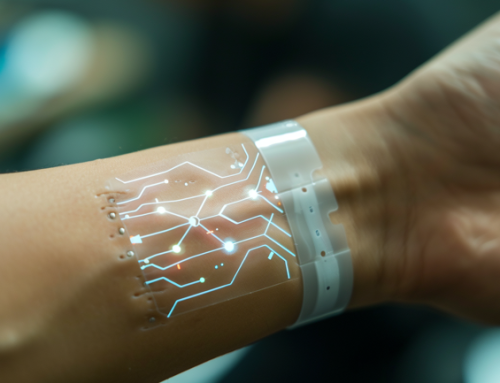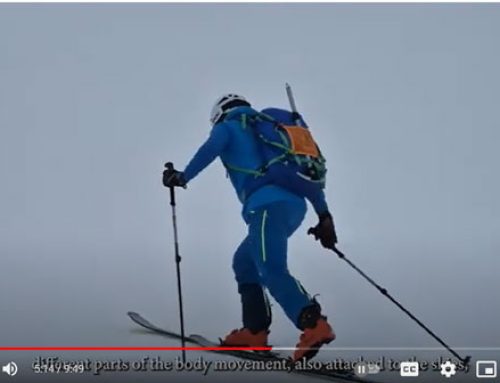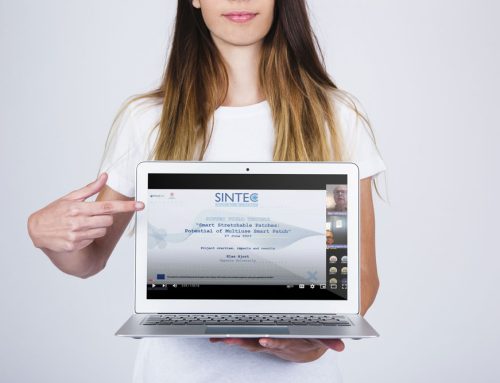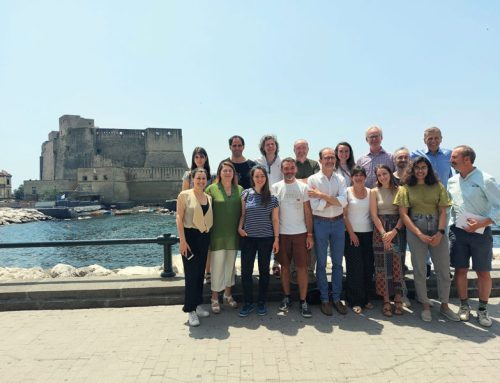Skiers know it: cross-country skiing is one of the most intense and strenuous sporting disciplines existing today. We call cross-country skiing “sport” but once upon a time, a long time ago, life and survival could also depend on this activity.

There is archaeological evidence confirming that in Scandinavia this practice, albeit in a different form, already existed about 5000 years ago. The term itself comes from the Old North Germanic skíð which means a stick of wood.
In the beginning, wooden poles were used under the feet to cross the snow. Some peoples recycled war leans during the snow march to cross the vast snowy spaces of the Scandinavian region. Also, the epic poems of Norse mythology frequently refer to Ullr, the god of skiing and to Skade the goddess of skiing and hunting.
In addition to this there is also a small piece of Norwegian history to remember. In 1296 Norway was in full civil war and the young prince Hakon Hakonsson was in danger: he had to reach his father’s castle but to do so he had to cross a huge expanse of snow with the risk of being captured or dying of starvation. With him were the famous Birkebeiners, soldiers who were experts in snow walking. These managed to rescue the young prince thanks to their ancient “cross-country skiing“. Even today, the city of Lillehammer, the place from which Prince Hakon left, bears the heroic Birkebeiners on its city coat of arms as they march on the snow.

Beyond the story, however, we know that cross-country skiing has quickly become a sport.
With the exception of swimming, there is no other endurance sport where performance is so heavily reliant on technical proficiency. But it’s an easy mistake to focus on ski technique to the detriment of strength and endurance. Just like any endurance sport, the best predictor of xc-ski success is good fitness. But to get a physical shape that can withstand the stresses of this sport, you need long and exhausting workouts.
It is precisely on the duration of these intense workouts that it is important to build an apparatus capable of detecting the athlete’s statistics in real time. The heartbeat, breathing, the degree of fatigue faced by the athlete, in this sport, not only serve to improve performance but also to keep the athlete on duty in good health.

The SINTEC project is trying to create a device capable of detecting all the parameters necessary for those who carry out this type of sporting activity. With state-of-the-art send and receive technology and a self-contained smart patch we will be able to improve the performance of our European athletes at the same time and keep their health under close surveillance.
And, of course, we could save little prince Hakon many more times!
With the increasing distances of the Olympic competitions, it becomes vital not only to be in perfect physical shape but also to be constantly monitored during training and (possibly) also during competitions.
Cross-country skiing in fact sets in motion many muscles of the body for a usually very long period of time. Therefore, there are various aspects to keep under control.

Cardiovascular health: Cross-country skiing will give you the much-needed cardio exercise we miss out on in the winter. A brisk ski will get your blood pumping and increase your heart health and endurance. But this could have a high price to pay and it is good to be monitored during the activity.
Muscle groups: Cross-country skiing is a challenging workout that engages muscles all over your body. For this reason, it is good to keep muscle shape under control.
Surely, it is a sport that does not put a strain on the joints and this leads us to believe that the risk of injury is minimal. The real problem remains the enormous effort that is made by those who carry out this type of physical activity every day (or almost). SINTEC will also focus on this kind of sport to monitor the responses of athletes to the stresses of cross-country skiing, testing the device that is being created thanks to the collaboration of eight partners from all over Europe.
If you liked this article, don’t hesitate to share and comment on it! Stay with us for other news on the SINTEC Project.








Leave A Comment